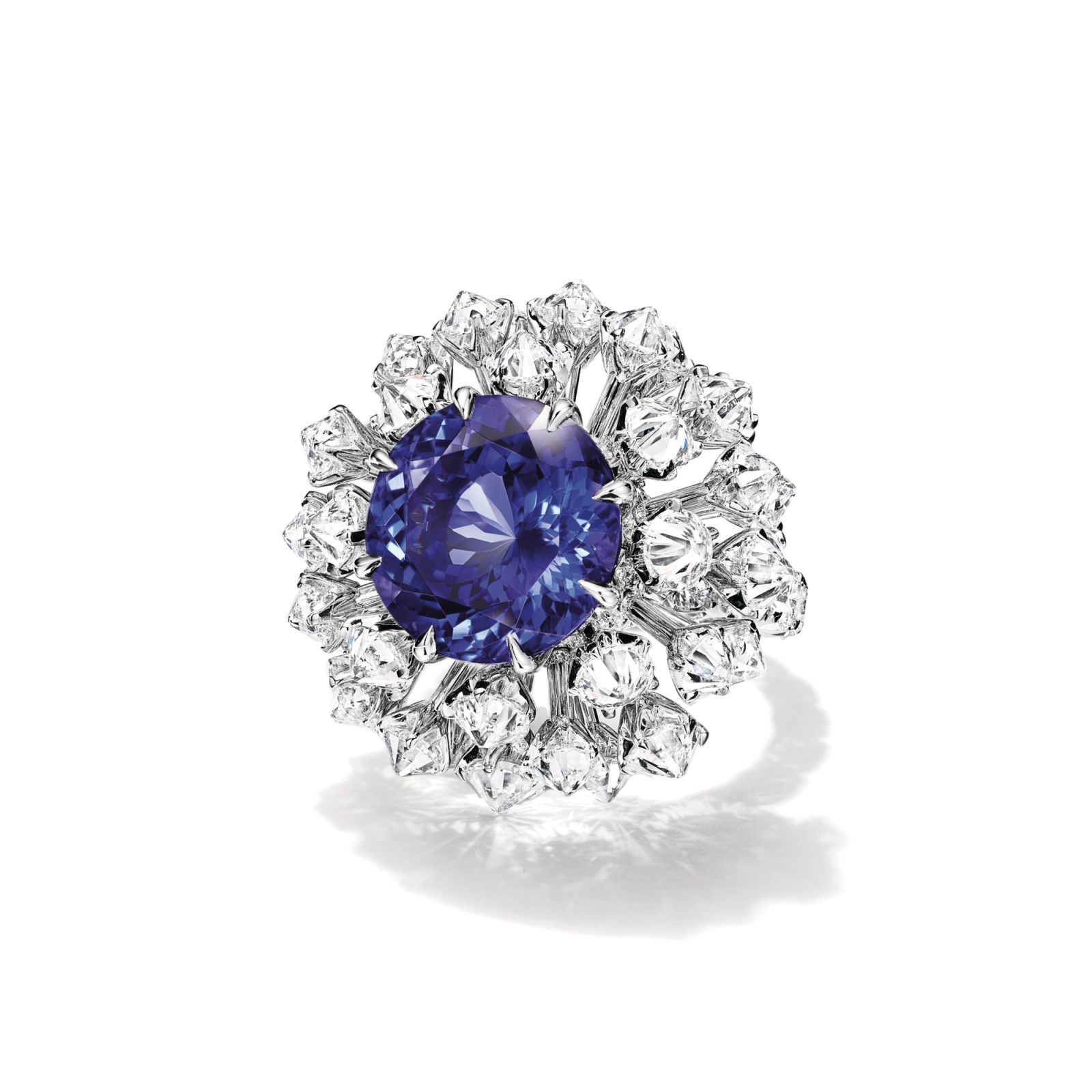The luxury jewellery house’s vice president shares with us the thrill of sourcing the 80.33-carat Tiffany Empire Diamond and which of her own jewellery is her favourite
In the corridors of Tiffany & Co in New York, where luxury is crafted with an almost alchemical precision, stands the brand’s chief gemologist and vice president, Victoria Reynolds, a guardian of quality in a world where the way gemstones sparkle is a language in itself. Reynolds oversees the transformation of the Earth’s hidden marvels into coveted high jewellery.
Tatler sits down with Reynolds to discuss how she’s writing the next chapter in the maison’s legacy with the Blue Book Collection, using innovative designs and the world’s rarest precious gemstones.
In case you missed it: Messika founder and artistic director Valerie Messika on designing for Beyoncé and Rihanna, and why her jewellery is ‘not meant to be kept in a safe’
As Tiffany & Co’s chief gemologist, you oversee sourcing of gemstones and diamonds. How did you first become interested in gemology, and what do gemstones mean to you?
For as long as I can remember, I have had a passion for gemstones and jewellery. My grandmother had a beautiful collection of jewellery and I do believe that this really influenced my choice of career. At Tiffany & Co, all our gemstones have something magical: an inner beauty that draws us in, which is when we know that they are truly of the house’s calibre. The thrill for me? After all this process, a one-of-a- kind gemstone that is set in our jewellery will come to symbolise a very personal moment for the person that wears it—a marriage, birth of a child or special moment that they will always treasure—and is as unique as the stone itself.
Tell us about an iconic gemstone you’ve sourced?
One of the most impressive and beautiful diamonds I have had the privilege of working with is the Empire Diamond—an over 80-carat, D-colour, internally flawless type IIA oval diamond. It is breathtaking. Every person that has seen it has been mesmerised by its sheer beauty, elegance and presence—and cannot believe that Mother Nature would have gifted us with something this perfect. We named this extraordinary diamond in honour of New York City, the birthplace of Tiffany & Co.


